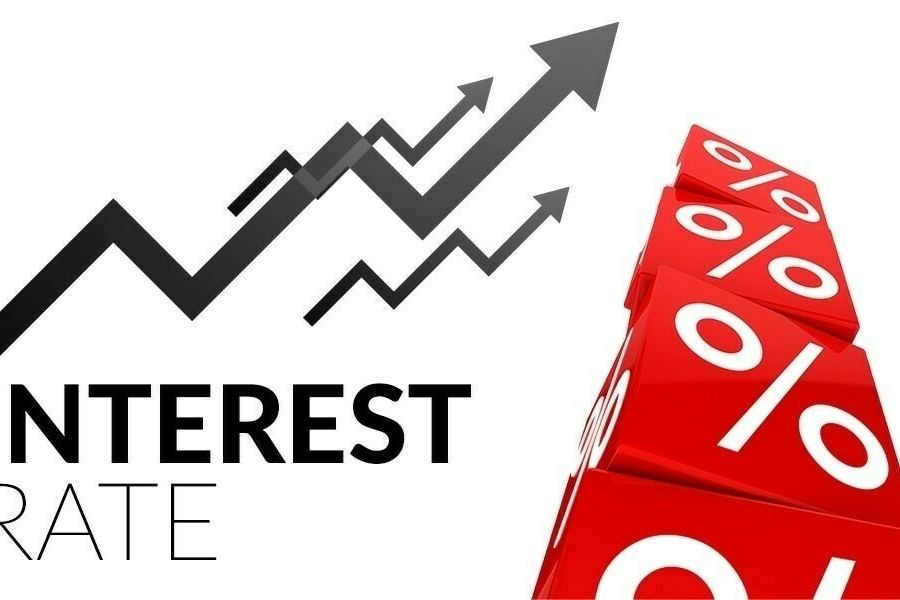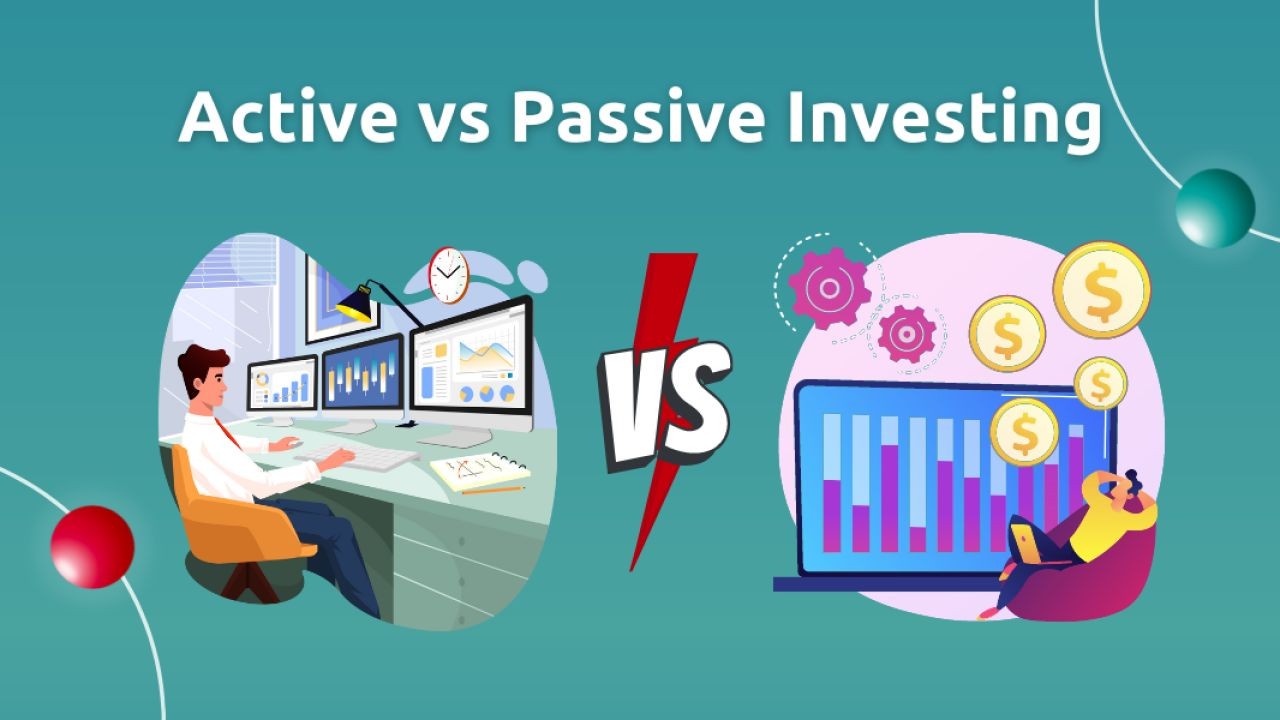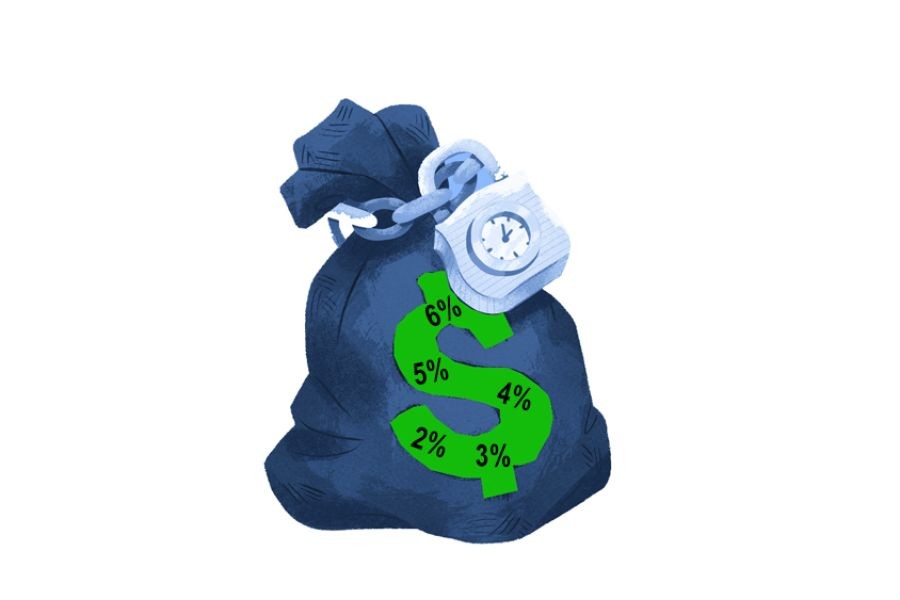High-interest savings accounts have long been considered a safe haven for individuals looking to grow their wealth with minimal risk. However, in the modern financial landscape, particularly in Australia, these accounts have come under scrutiny. Are they as beneficial as they seem, or are there hidden pitfalls that consumers need to be aware of? This article delves into the intricacies of high-interest savings accounts in Australia, examining their true value, potential risks, and the impact of national economic policies.
Understanding High-Interest Savings Accounts in Australia
High-interest savings accounts are designed to offer a higher interest rate compared to standard savings accounts, allowing account holders to earn more on their deposited funds. In Australia, these accounts have traditionally been seen as a secure way to save money while earning a modest return. The Australian Prudential Regulation Authority (APRA) closely monitors these accounts to ensure the financial stability of the institutions offering them. However, the allure of higher interest rates can sometimes overshadow the potential drawbacks.
Economic Factors Affecting Interest Rates
The Reserve Bank of Australia (RBA) plays a critical role in determining the interest rates offered by financial institutions. In recent years, the RBA has maintained a relatively low cash rate, influencing the interest rates on savings accounts. According to the RBA, the cash rate was at a historic low of 0.10% in 2021, which directly impacted the returns on high-interest savings accounts. As a result, while these accounts promised higher returns than regular savings accounts, the actual interest earned was still modest.
Case Study: The Reality of High-Interest Savings Accounts
Case Study: ANZ's High-Interest Savings Account
ANZ, one of Australia's leading banks, offers a high-interest savings account known as the ANZ Online Saver. The account promises competitive interest rates to attract depositors. However, the promotional rates are often short-lived, reverting to lower base rates after an initial period.
Problem: Customers attracted by the promotional rate of 1.75% found themselves earning only 0.5% after the introductory period ended.
Action: Many customers chose to switch their funds to other financial products or institutions offering better long-term returns.
Result: ANZ reported a noticeable churn in their high-interest savings account holders, prompting the bank to reconsider their promotional strategies.
Takeaway: Consumers should be cautious of introductory rates and focus on the long-term return of their savings accounts.
Pros and Cons of High-Interest Savings Accounts
✅ Pros:
- Low Risk: Savings accounts are generally considered low-risk, backed by government guarantees up to AUD 250,000 per depositor per institution.
- Liquidity: Funds can be accessed easily without penalties, making them ideal for emergency funds.
- Stable Returns: Although modest, the interest earned is predictable and stable compared to more volatile investments like stocks.
❌ Cons:
- Low Returns: In a low-interest-rate environment, the returns are often insufficient to keep up with inflation, eroding purchasing power over time.
- Promotional Gimmicks: Many accounts offer attractive introductory rates that quickly diminish, misleading consumers about potential earnings.
- Opportunity Cost: Funds in savings accounts may miss out on higher returns possible through alternative investments like stocks or real estate.
Common Myths About High-Interest Savings Accounts
Myth vs. Reality
- Myth: High-interest savings accounts always beat inflation. Reality: With inflation rates sometimes exceeding the interest offered, purchasing power can be diminished.
- Myth: Switching accounts frequently maximizes returns. Reality: Constantly chasing promotional rates can lead to diminishing returns and potential fees.
- Myth: All high-interest accounts have the same terms. Reality: Terms and conditions vary significantly, affecting the net gain from interest earned.
Regulatory Insights
The Australian Securities and Investments Commission (ASIC) emphasizes the importance of transparency and consumer protection in financial products. In 2023, ASIC launched an initiative to ensure that financial institutions clearly disclose all terms associated with high-interest accounts, including any fees or rate changes post-promotion. This regulatory oversight aims to protect consumers from misleading advertisements and ensure fair competition among banks.
Future Trends and Predictions
As Australia's economy continues to recover from the impacts of the COVID-19 pandemic, interest rates are expected to gradually rise. The RBA's monetary policy adjustments will likely lead to increased interest rates, benefiting savers. However, with technological advancements, digital banks and fintech companies are likely to offer more competitive savings products, potentially reshaping the landscape of high-interest savings accounts.
By 2028, it's anticipated that 40% of Australians will manage their savings through digital-only banks, leveraging better interest rates and more flexible financial products.
Conclusion: Making Informed Decisions
High-interest savings accounts can be a valuable component of a diversified financial strategy, but they are not without their pitfalls. Understanding the nuances of interest rates, promotional offers, and regulatory protections is crucial for maximizing their potential benefits. As Australia navigates its economic future, staying informed and considering alternative investment opportunities can lead to more robust financial health.
What are your experiences with high-interest savings accounts in Australia? Share your insights and join the conversation below!
People Also Ask (FAQ)
- How do high-interest savings accounts impact Australian consumers? High-interest savings accounts offer a safe way to grow savings, but they often fail to outpace inflation, impacting long-term purchasing power.
- What are the biggest misconceptions about high-interest savings accounts? A common myth is that they always beat inflation, but the reality is that returns can be insufficient during low-interest periods.
- What are the best strategies for maximizing returns from high-interest savings accounts? Experts recommend focusing on long-term rates rather than promotional offers and considering account fees to maximize net returns.
Related Search Queries
- Best high-interest savings accounts Australia 2025
- How to choose a high-interest savings account in Australia
- Impact of RBA cash rate on savings accounts
- Pros and cons of high-interest savings accounts
- Alternatives to high-interest savings accounts in Australia
- Are high-interest savings accounts worth it?
- Understanding ASIC regulations on savings accounts
- Impact of inflation on savings accounts in Australia































JedWoolcoc
8 months ago